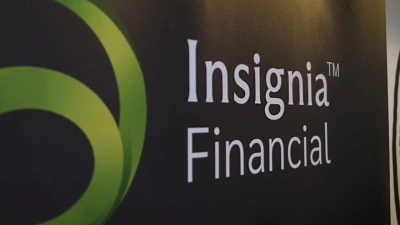FPA and AFA confirm merger vote date


The Financial Planning Association of Australia (FPA) and Association of Financial Advisers (AFA) have confirmed the timing for a vote on a potential merger between the two parties.
Since the proposal in September, the two associations had been holding consultations around Australia and responding to feedback from members.
The next stage would be for documentation drafts including proposed information memorandum, resolutions and constitutions to be sent in early December followed by a second consultation period.
Voting would then open in early February and close later in the month at the association’s extraordinary general meetings.
For the merger to succeed, 75% of members needed to approve it.
Earlier this month, research by Adviser Ratings found more than 80% of respondents were in favour of the merger going ahead.
AFA chief executive, Phil Anderson, said: “The AFA and FPA strongly believe there are substantial benefits to members from a merger, providing a united voice for financial planners and advisers”.
Sarah Abood, chief executive of the FPA, said: “We are determined that a merged association would honour the heritage of both the FPA and AFA. This is clearly important to members of both associations, in particular recognising the AFA’s proud 76-year history as well as the FPA’s background of providing the globally recognised Certified Financial Planner (CFP) designation.”
Recommended for you
A financial advice firm has been penalised $11 million in the Federal Court for providing ‘cookie cutter advice’ to its clients and breaching conflicted remuneration rules.
Insignia Financial has experienced total quarterly net outflows of $1.8 billion as a result of client rebalancing, while its multi-asset flows halved from the prior quarter.
Prime Financial is looking to shed its “sleeping giant” reputation with larger M&A transactions going forward, having agreed to acquire research firm Lincoln Indicators.
An affiliate of Pinnacle Investment Management has expanded its reach with a London office as the fund manager seeks to grow its overseas distribution into the UK and Europe.















